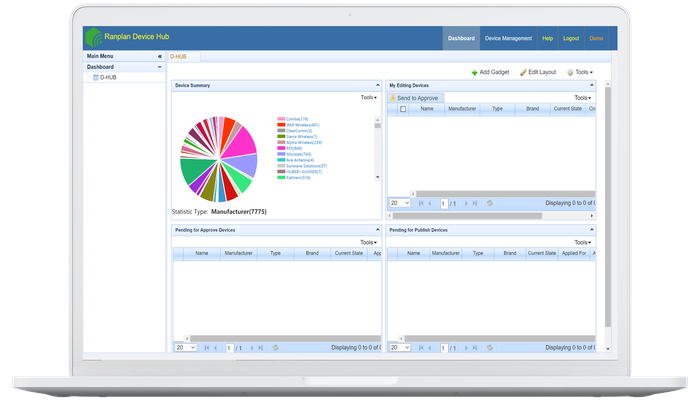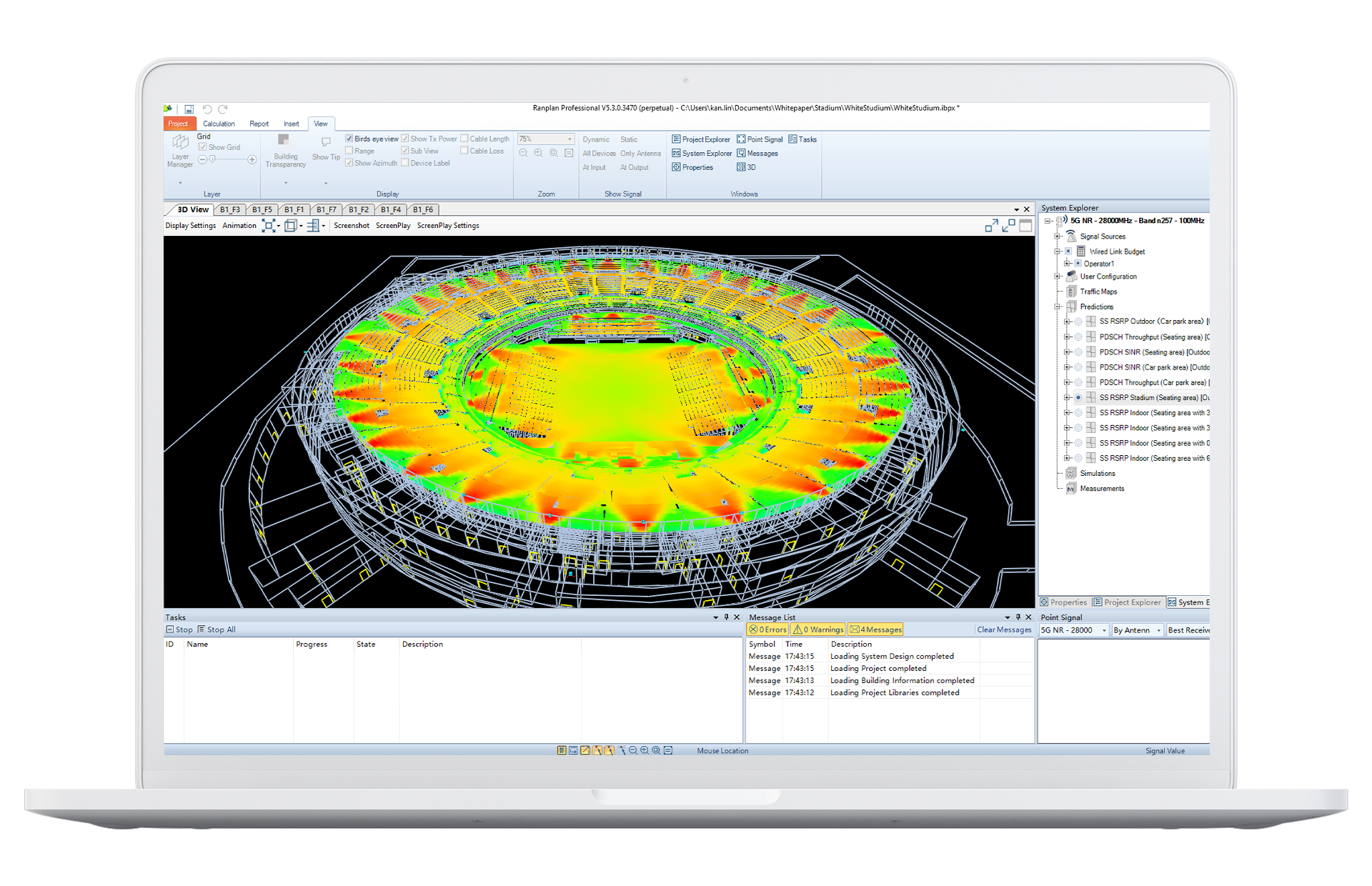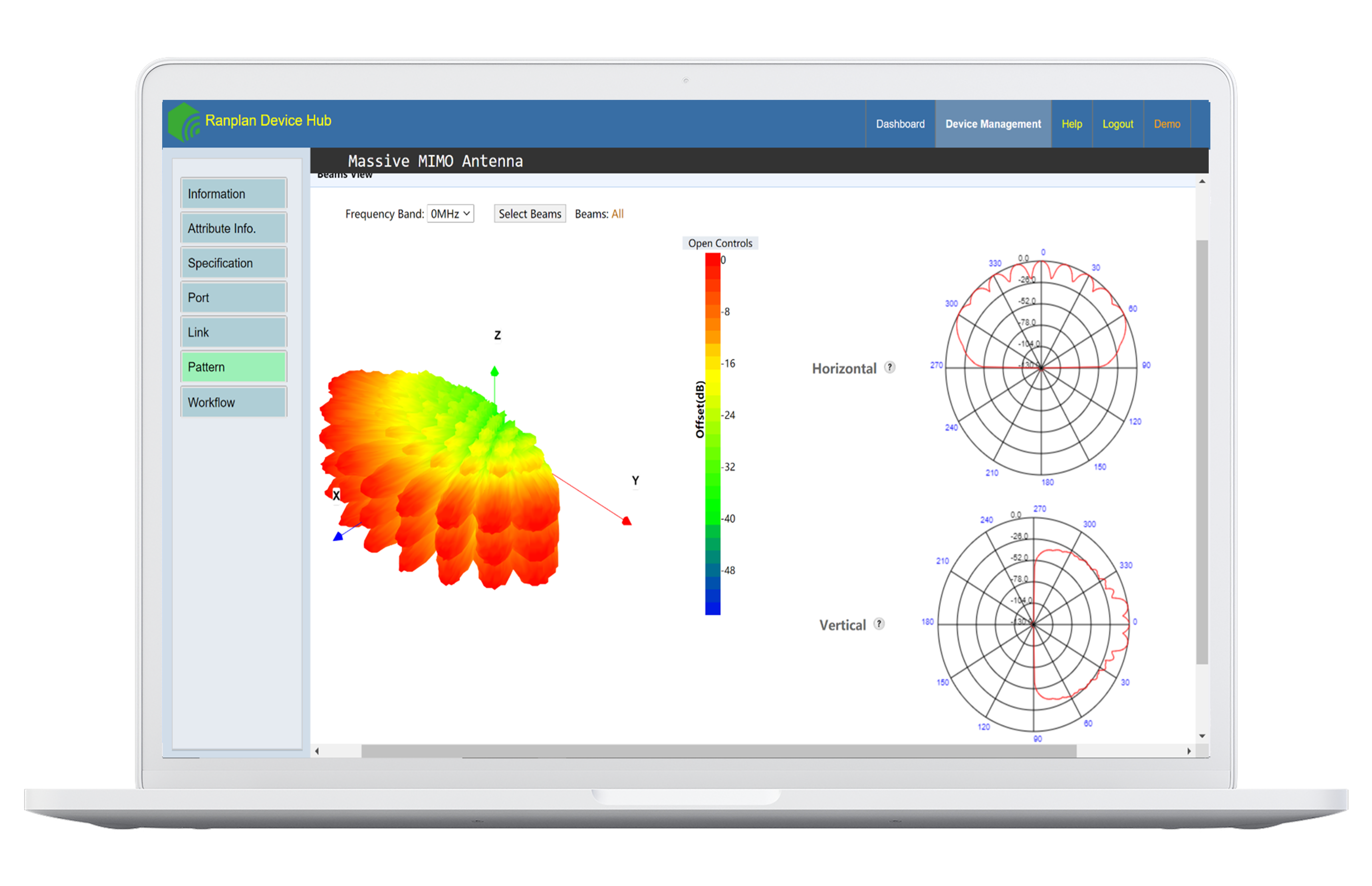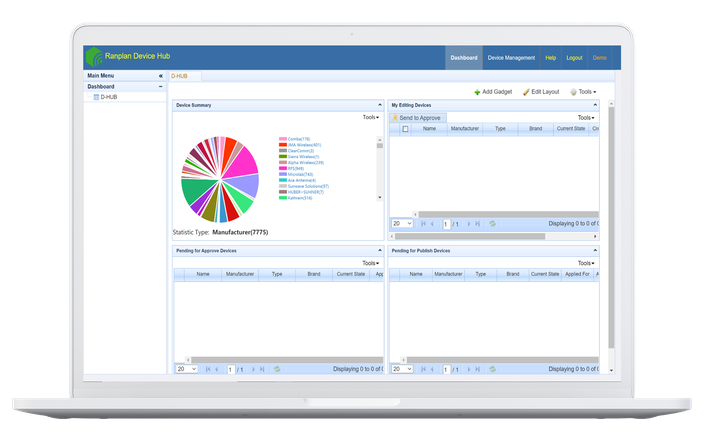
As the demand for high-speed and reliable wireless connectivity continues to grow, engineers face the challenge of selecting the most suitable equipment for their network deployments. Comparing wireless network equipment across different vendors and technologies is a complex task due to the diverse environments in which these networks are deployed. This blog explores the key challenges involved in comparing wireless network equipment for 4G/5G networks and offers insights and resources into overcoming these challenges.

Diverse Environments
One of the major challenges in comparing wireless network equipment is the wide range of deployment environments. Networks can be deployed in urban areas, suburban neighbourhoods, indoor spaces, or remote rural regions, each with its own unique characteristics and requirements. The performance of wireless equipment can vary significantly depending on factors such as building materials, terrain, population density, and interference sources. Therefore, it is essential to consider the specific environment and tailor the equipment evaluation accordingly.
Coverage and Capacity Requirements
Different applications and use cases demand specific coverage and capacity requirements. For example, urban areas may require high-capacity networks to accommodate a large number of users, while rural areas may prioritize wider coverage. Comparing equipment solely based on coverage or capacity metrics may not provide a comprehensive evaluation. It is crucial to assess the equipment's ability to meet the specific coverage and capacity needs of the target environment.
Network Interference
Interference from neighbouring cells, Wi-Fi networks, and other radio frequency sources can degrade network performance. When comparing equipment, it is important to assess its ability to mitigate interference and maintain satisfactory signal quality. Advanced interference mitigation techniques, such as beamforming, dynamic spectrum sharing, and interference cancellation, should be considered during the evaluation process.
Technology Compatibility
Wireless networks are evolving from 4G to 5G, introducing new technologies, frequencies, and network architectures. When comparing equipment, compatibility with both current and future network technologies must be taken into account. Equipment should support the required frequency bands, modulation schemes, and network features to ensure seamless integration and future scalability.
Performance Metrics
Selecting appropriate performance metrics for equipment comparison is crucial. Key metrics include coverage, signal strength, throughput, latency, reliability, and energy efficiency. However, these metrics can vary depending on the deployment scenario and user requirements. Network planners and decision-makers should define relevant performance indicators that align with the specific environment and network goals.
Vendor-Specific Implementations
Each equipment vendor may have its own proprietary features, algorithms, and optimization techniques. This makes it challenging to directly compare equipment from different vendors. It is important to consider the specific capabilities and unique selling points of each vendor's equipment and assess their relevance to the deployment environment and network requirements.
Overcoming the Challenges
To effectively compare wireless network equipment for 4G/5G networks in various environments, network planners and decision-makers can employ the following strategies:
 Leverage Network Planning Tools: Utilise advanced network planning and simulation tools, such as Ranplan Professional, to model and simulate equipment performance in specific environments. These tools provide insights into coverage, capacity, interference, and other performance metrics, aiding in efficient equipment comparison and selection.
Leverage Network Planning Tools: Utilise advanced network planning and simulation tools, such as Ranplan Professional, to model and simulate equipment performance in specific environments. These tools provide insights into coverage, capacity, interference, and other performance metrics, aiding in efficient equipment comparison and selection.
 Utilise equipment databases: Applying a comprehensive and unbiased equipment database, such as Ranplan D-Hub, to your network design can greatly enhance the process of comparing wireless network equipment. These databases offer a wide range of vendor-approved equipment options, allowing network planners to accurately simulate the network performance in various combinations. By utilising a detailed database, engineers can accurately evaluate which equipment and configuration is best suited for the specific deployment environment and requirements.
Utilise equipment databases: Applying a comprehensive and unbiased equipment database, such as Ranplan D-Hub, to your network design can greatly enhance the process of comparing wireless network equipment. These databases offer a wide range of vendor-approved equipment options, allowing network planners to accurately simulate the network performance in various combinations. By utilising a detailed database, engineers can accurately evaluate which equipment and configuration is best suited for the specific deployment environment and requirements.
Conduct Site-Specific Tests: Perform field tests and measurements in the target deployment environment to evaluate equipment performance in real-world conditions. This allows for a more accurate assessment of coverage, capacity, and interference management. Additionally, the measurement data acquired during these tests can be utilised to validate the effectiveness of a comprehensive network design.
Engage with Industry Experts: Seek advice from industry experts, consultants, or system integrators who have experience with wireless network deployments in similar environments. Their expertise can help navigate the complexities of equipment comparison and provide valuable insights.
Conclusion
Comparing wireless network equipment for 4G/5G networks in various environments is a challenging task. The diverse deployment scenarios, coverage and capacity requirements, network interference, technology compatibility, and vendor-specific implementations add complexity to the evaluation process. However, by leveraging network planning tools, utilising equipment databases, conducting site-specific tests, and engaging with industry experts, network planners and decision-makers can make informed decisions and select the most suitable equipment for their wireless network deployments. This ensures the delivery of reliable and high-performing wireless connectivity to meet the demands of today's connected world.
Ranplan's comprehensive network planning software and integrated Device Hub have proven to be instrumental in enabling numerous users to achieve significant cost savings. By leveraging these tools, users have confidently identified up to 30% cost reductions through two key approaches. Firstly, they can accurately select more affordable equipment with the assurance that it will meet their requirements. Secondly, they can optimize equipment deployment by leveraging simulations that predict sufficient coverage and capacity, thereby reducing the need for additional equipment. These cost-saving benefits have been consistently demonstrated by Ranplan's software.
If you're interested in learning more about how Ranplan Professional can assist you in conducting fair and comprehensive comparisons of vendor equipment, we invite you to delve into our white paper titled "Vendor Analysis for Network Optimization." This white paper provides valuable insights and guidance on evaluating and selecting the right wireless network equipment for your deployment.




